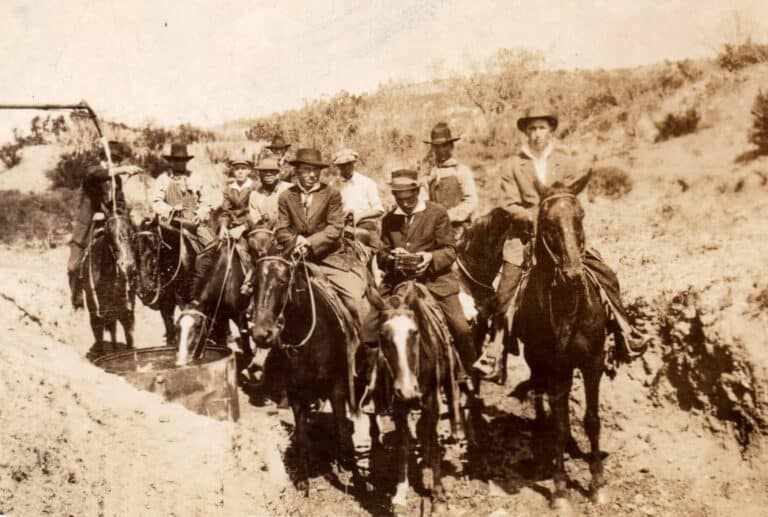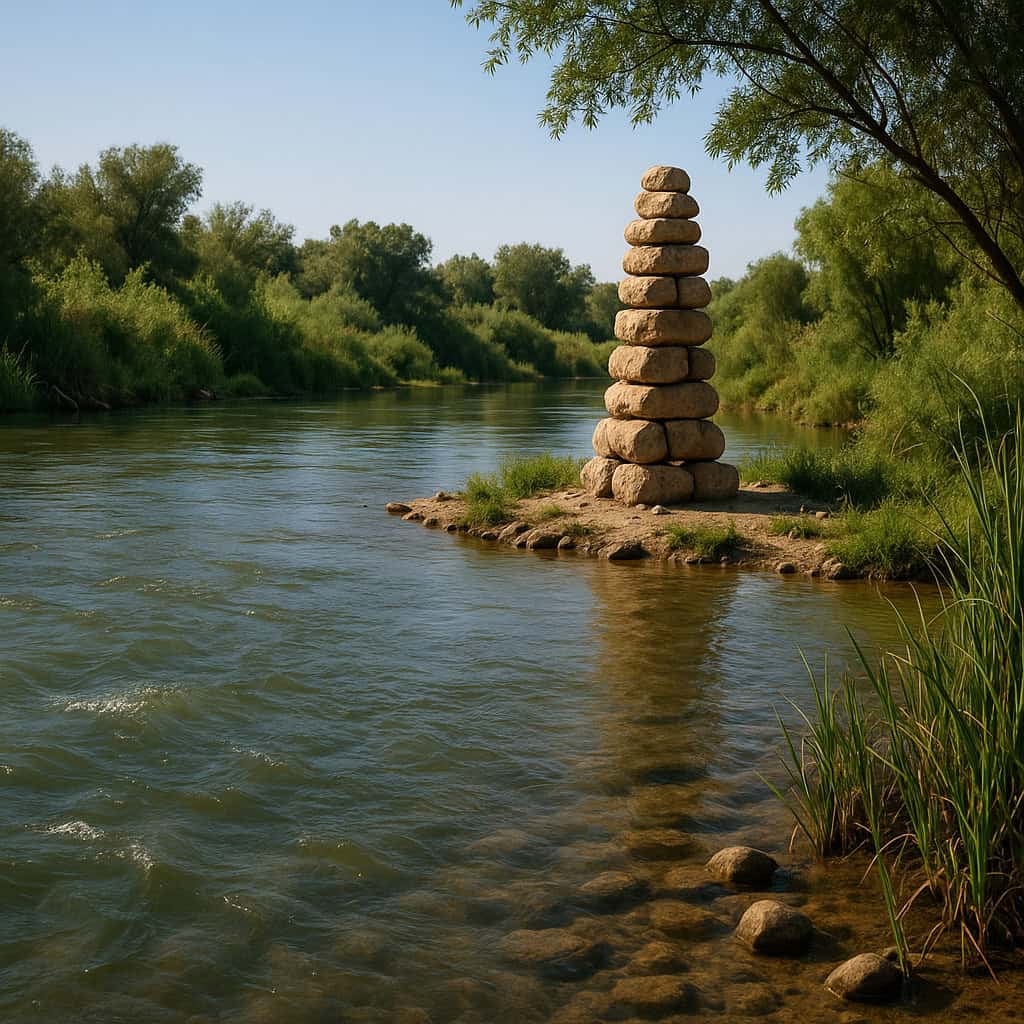Sure – you can say “not me” all you want, but let’s dig a little deeper.
How would you reply to these questions:
- Are you in the generation at the top of the “living” family tree?
- Have you (or your siblings) ended up with photos from your parents (or their ancestors)?
- Have you shared stories from your parents and older generations with your own kids (or grandkids) just telling them what happened (i.e. not written down)?
- Would you bet your bottom dollar that they remember the full details of those stories?
- Same question as the two above with regard to your own stories from your life?
- Do your kids, grandkids, nieces, nephews (the younger generations under you) know your values, your narrow escapes, your tough decisions and where they took you – you know, the milestones, events, experiences and situations that shaped you and guided you through your life?
- Ever had so close a history and relationship with a friend that you call each other “sister from another mother” (or “brother from another mother”)?
- Ever read a biography of someone that inspired you, encouraged you, educated you or had a big impact on you? What if you learned they were related to you?
- Have you ever wished you had the insightful inside stories from YOUR grandparents? Great-grandparents? Great-great-grandparents? (add great-uncles and aunts to that list)
As I developed a system for a guided online course to help people capture their Life-Story photobook as quickly as possible, I heard interesting responses. Oh, yes, everyone agreed they would like to have such a photobook Life-Story done, but then I heard “but who would want my story?” or “my story is not very interesting” or “I’ve told my kids my stories”.
Contrast that with the comments of a couple of my students who have actually gone through the course – “Wow, this may be the only one of my 55 photobooks that my kids actually will want” or “Thanks to the Life-Story, I have been more focused on seeing how God has shown up in my life in the past, and can better see His works in the present and hope for the future.”
And not just the story of our own ancestors fit this need –another great observation:
“It is a captivation like no other—to hear about the adventures of those that have come before, those whose legacies are entwined with ours.”
—Joy Callaway
I found this to be exceptionally true as I am currently reading “Band of Brothers: E Company, 506th Regiment, 101st Airborne from Normandy to Hitler’s Eagle’s Nest” by Stephen E. Ambrose. I can hardly put it down!
My father was in WWII as was my kids’ other grandfather – both were pilots in the Army Air Corps which became the Air Force. I heard a few stories – oh, how I wish I had recorded them and asked so many more questions along the way. Yes, they have both left this earth – as have their spouses and peers (at least the ones I knew).
While they did not serve in the same outfit as those in Ambrose’s book, the “Band of Brothers” message and relevancy is so applicable. Most of them were in their late teens and early 20’s – commanding legions of men, executing strategy and handling amazingly dangerous odds and situations. Ambrose interviewed many of them 20 or more years later getting their details but also their perspective.
It all applies to my family members – they were 19-20 years old as they learned to fly planes and jump into war. One even flew “the Hump”, the nickname given the airlift operation that crossed the Himalayan foothills into China, the most dangerous airlift route – but the only way to supply forces fighting Japan. It was incredibly dangerous with more than 1,000 men and 600 planes lost in the 530-mile stretch of rugged terrain. But it was central to winning the war. Whether crashing or bailing out into the freezing cold or jumping into enemy-held territory, there would be no search and rescue mission coming for crews flying the Hump. Part of the training regimen for these pilots included the right way to use the last bullet on oneself.
But just because you did not serve in a World War or do anything you think was spectacular, you are not exempt. Wouldn’t you like to know just the everyday life of your grandparents? Great-grandparents? And envision what their life was like?
That’s why I include the photo of my grandfather (on the horse on the far right). I knew he (and my grandmother) had lived around Medicine Mound, Texas (now a ghost town) and it was before he went to serve in the trenches in France during WWI along with his brothers (around 1914). So he had to be late teens in this photo – and all I know about it is that they were watering their horses and in the vicinity of Medicine Mound.
As I look at the picture, I see how comfortable they are on their horses, even all mashed together around the water. And the terrain looks very “West Texas” – dry, no trees, fairly flat and very dusty. What were they doing? Where were they going? Why are some sort of “dressed up” and others “not so much”? You see how much a picture adds that words cannot.
And that is my point – you need the stories and the photos to convey a fuller Life-Story. I gaze at my grandfather whom I only remember as an older person – probably from his 60’s on. I so want to know about his life – but nothing remains except some photos, one cassette recording I made when he was in his 70’s (thank heavens for that, at least) and very limited knowledge of his every-day life as a young man, the war experience and what it did to him, and how he became a car mechanic who was revered for being the “best” around. My loss.
So let me pose just one more aspect that I am hearing is so true from other students of the Life-Story course. It follows the one above about seeing how God showed up in her life as one of my students worked on her Life-Story. This is perhaps something we would not expect, but has turned out to be one of the treasures of the experience.
This is echoed by Leslie Leyland Fields, author of Your Story Matters: Finding, Writing, and Living the Truth of Your Life. She teaches writing in guided group work. She says it is not about writing a best-seller:
“No – this act of turning around to write into our lives is about recovering what’s been lost and discovering all that’s new. We know some of the truth of our story, but not all of it. Under our skin, a whirring, beating engine of a heart purrs and pumps us through our days, our years. And often we whirl so fast, our eyes are closed against the speed of it, the how of it, and especially the why of it. Every day we are different; the world awakens new, and the memories of what was and what we’ve been, and the discovery of who we are now, could all be lost. But we have this chance now to stop….We’re stopping to find the difficult and beautiful truths of our lives.”
I love how she expressed how so many of us feel –
“Maybe you have no idea what your “story” is, and you aren’t sure you want to take the time to find out. I get it. I was about forty when I began to write about my life, and I was barely able to describe the hundred coexistent pieces, let alone imagine a single story from their frayed ends.” After describing the writing of her story, she wrote this…..”Those words carved and shaped an identity and belonging I didn’t know was mine to claim. My story was both harder and better than I knew. Yours will be the same.”
Her book impacted me hugely, especially as I followed her guided directions on writing one particular story (at the end of chapter 1).
But I want to leave you with an action item (besides the self-insight assessment above) –it is my premise that just writing the story is amazing, and the depth and personality are enhanced in adding the photos to those stories. So, as you do the following, keep in mind what photos or memorabilia you may have to help enrich your stories.
Fields led me through a helpful exercise with these 2 questions – I invite you to do the same – (and yes, I am sharing my responses in hopes of encouraging you):
- Reasons you have been waiting for years to write your story – make a list of your concerns and obstacles [these are Candy’s]:
- too many stories, events, photos, etc. over my 76 years
- afraid I won’t get it right / not interesting enough
- don’t want to share some of the hard stuff, hard experiences and feelings
- feel exposed if I share too much – who will read it and what will they think
- Write responses to those fears —
[Candy’s] The truth is the truth – I only need to share what I want to share — I can skip or cut as I please. I can pick out the significant and descriptive stories and photos – I don’t have to tell it all (boring). I am good at editing — so I can go over and over it before it is printed. I can write stories on the side, in another place, fit them in as I wish.
I will end with a quote from Fields in her book – it came from an astronaut who came to one of her workshops in Alaska — she had been on the cover of Newsweek and the subject of dozens of articles — “I have to write my story because if I don’t, someone else will,” she said, with a steely gaze. “And they won’t get it right.”
Stay tuned – I will keep inviting you to mull over your Life-Story that is begging you to be put into a legacy format. I’m rooting for you!!



